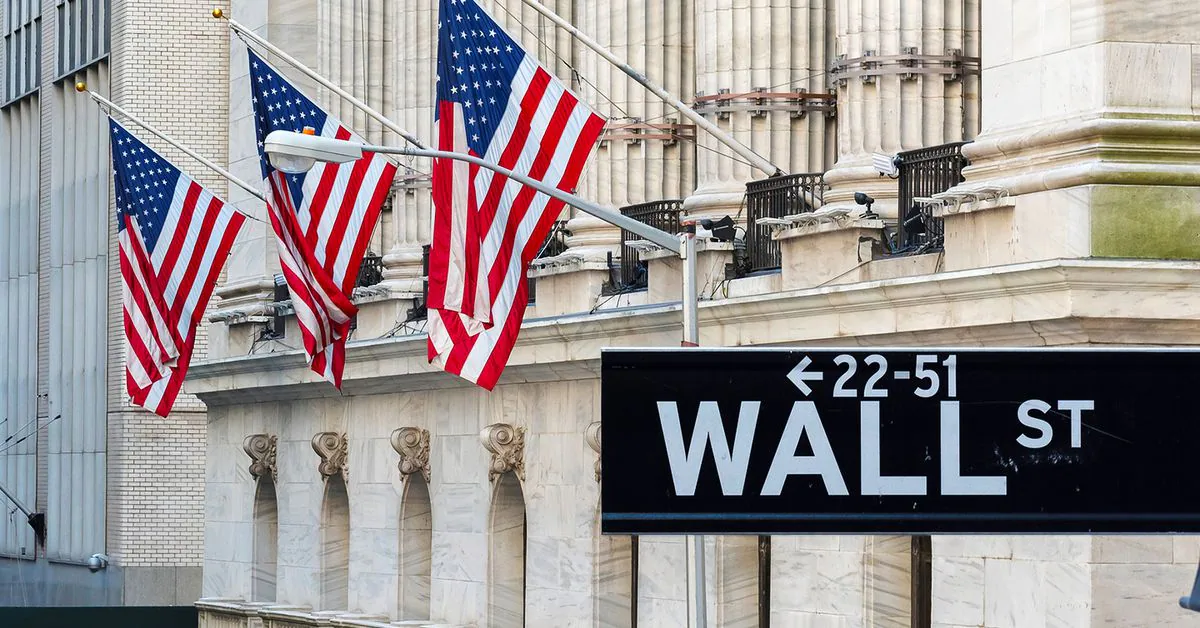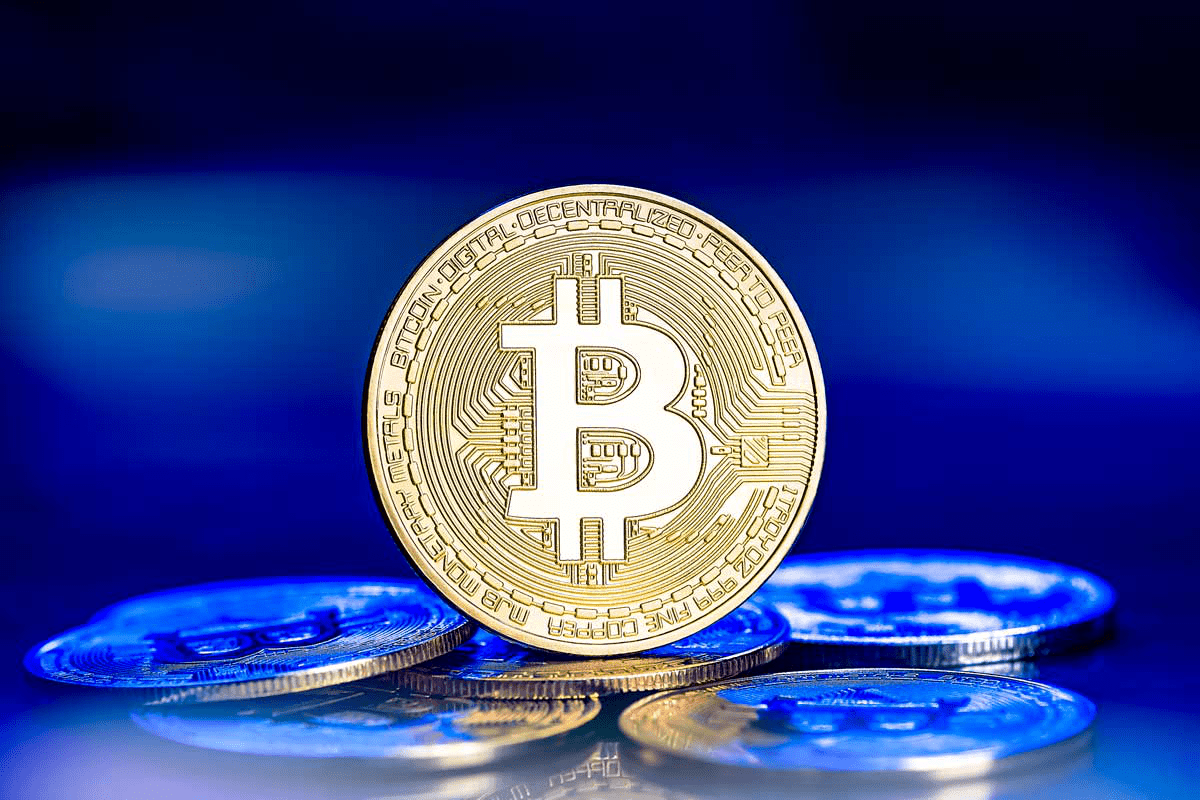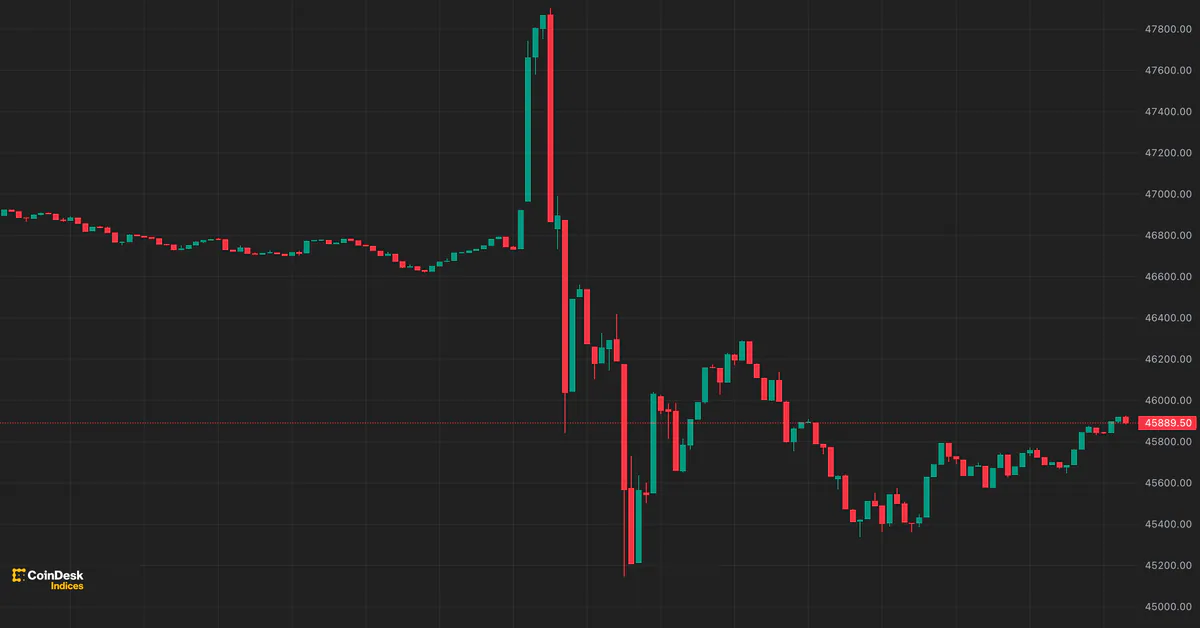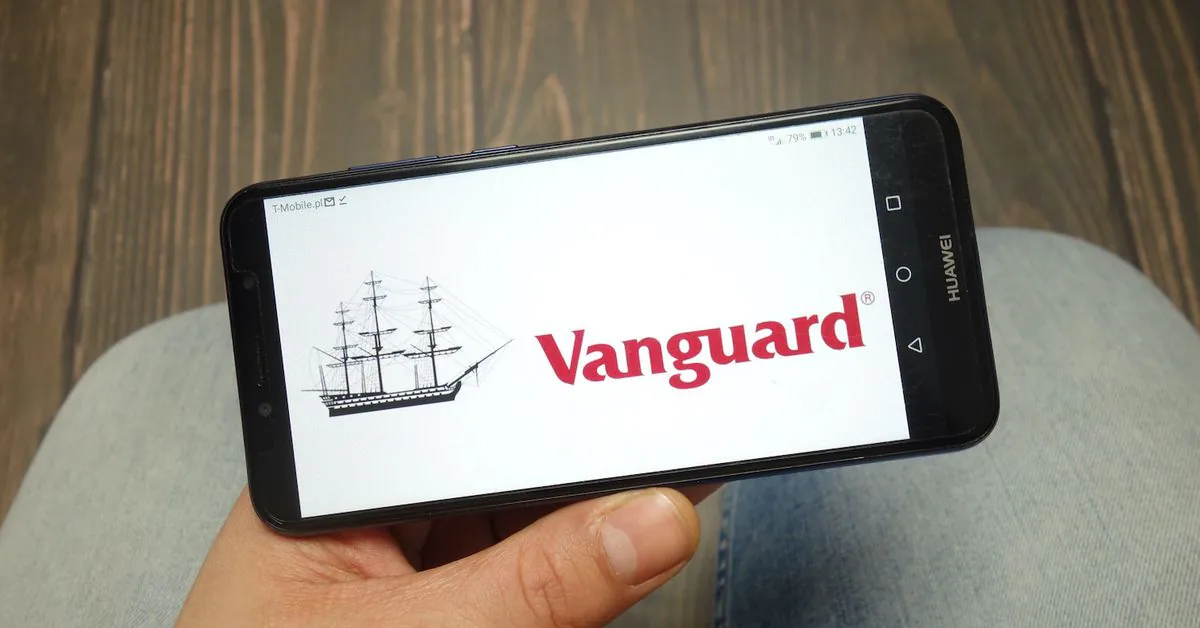This USDT is not the same USDT
This USDT is a different USDTStablecoins are one of the important infrastructures in our industry. They achieve stable coin values by anchoring them to the legal currency of a particular country. Ordinary users use stablecoins as important storage and payment instruments, while web3 institutions use them as operational tools. The rich demand has created a thriving stablecoin market. However, stablecoins are also exploited by illegal activities such as online black markets, online gambling, and money laundering. When ordinary investors or web3 companies inadvertently receive stablecoins associated with illegal activities, they may face law enforcement risks.
Bitrace’s research has found that in the process of laundering risky crypto funds, criminals tend to accept stablecoins with significantly deviated market exchange rates for different risk categories. Let’s take Tether (USDT), which has the highest market share in the stablecoin market, as an example.
Dark-U Risk Sources
“Reverse Freeze” is a popular term among cryptocurrency exchange merchants, meaning that if an exchange address receives implicated USDT, it will lead to the freezing of the exchange account by law enforcement agencies. Unlike the more common freezing of bank accounts when black money is received through bank cards, this is known as reverse freeze based on the sanctions imposed by law enforcement agencies on tracing cryptocurrency funds.
These law enforcement freezing activities are not limited to centralized cryptocurrency exchanges. In decentralized on-chain addresses, Tether’s issuer, Tether Limited, can also assist law enforcement agencies worldwide in sanctioning certain implicated addresses. This is achieved by selectively “blacklisting” a specific address and restricting its operation with USDT, effectively freezing the funds in that address.
- Stablecoins are recognized in Asia, but obstacles remain.
- Seven Hot DePIN Projects Reviewed Solana Leads the Way, with an Average Return of Over 6x
- Exclusive interview with a Bloomberg analyst SEC may simultaneously approve all Bitcoin spot ETFs, and Ethereum spot ETF may be approved in May next year.
A few days ago, the cryptocurrency exchange platform OKX announced that it had collaborated with Tether Limited to complete the targeted freezing of multiple on-chain addresses totaling 225 million USDT assets, which were found to be associated with illegal activities such as pyramid schemes and human trafficking.

Bitrace conducted fund audits on some of the disclosed addresses. In terms of fund sources,we found that this criminal group not only used OKX for fund turnover, but also exploited well-known cryptocurrency exchange platforms such as FTX and Binance, with a huge amount of funds involved.

Subsequent fund tracing shows that more centralized trading platforms, payment platforms, and even online gambling platforms have been involved, becoming unfortunate money laundering venues for criminals.
Obviously, even if OKX does not cooperate with law enforcement, the above web3 companies may assist law enforcement agencies in sanctioning the stash addresses of these funds for the purpose of compliance. In other words, whether it is fiat currency or compliant stablecoin, they are not “safe” storage tools for criminal organizations, who often need to quickly launder the assets involved to eliminate risks or realize them in a timely manner.
We believe that this need for laundering and risk aversion is the main reason for significant deviations in illegal transactions away from exchange rates.
Upward U Scenario
“Score running” refers to money laundering activities by criminals. The purpose of these activities is to transfer payments from high-risk users to the accounts of low-risk users in order to evade risk control measures of payment institutions. Traditional score running involves transferring, splitting, and cashing out funds involved in personal accounts such as banks, WeChat, and Alipay. In recent years, however, cryptocurrencies-especially stablecoins-have become new score running tools.
Typically, score running platforms recruit various individuals to register cryptocurrency exchange platform accounts and link them to their bank cards, allowing score runners to place orders on the platform. They then go to the exchange’s OTC section to purchase a specific amount of USDT at market price and sell it back to the score running platform at a higher price, with the difference being the score runner’s profit. In reality, the funds received by the score running platform for the USDT are involved funds. Through this method, the score running platform can launder the funds without directly handling fiat currency.
The profit of the score running platform comes from the upstream distribution, including online gambling, black-gray industries, money laundering, and other activities. Different types of funds involved in different risk categories have different commission rates. For example, gambling funds are considered lower risk, so the commission is lower, while fraud funds are often considered higher risk, resulting in higher commissions. Some score running platforms even refuse to accept them.
The difference in commission rates is directly reflected in the exchange rate of USDT transactions. Higher-risk funds mean higher price increases. In the investigation of cases, it is not difficult to encounter illegal USDT transactions with prices exceeding 8 RMB or even 10 RMB.
Downward U Scenario
So far, the vast majority of low-priced USDT transactions claiming to be “black U brick movers” or “black/white U capital receivers” are fraudulent activities. Bitrace has previously covered black U piggybacks and offline cash robbery in its articles, which you can refer to for more information.
However, there are still many black-gray USDT transaction scenarios below the market exchange rate, such as illegal payment platforms. Some payment platforms accept USDT deposits and use fiat funds to help users make payments on other platforms, including online gambling platform purchases, fund settlement in investment schemes, gifting on live streaming platforms, placing fake orders on e-commerce platforms, and even paying salaries to employees.
Payment platform will not identify the source of USDT from users, nor will there be a perfect KYC mechanism, thus attracting a large amount of risky funds. This is also why the source of transaction fees for some cases and the proceeds of illegal activities are displayed as related addresses of online gambling platforms on the blockchain. By using this almost anonymous transaction method for cashing out, participants in illicit activities do not need to register with a centralized compliant cryptocurrency trading platform, greatly reducing the possibility of being “reversed frozen”.
Investigations into such illegal payment activities have shown that USDT involved in these cases often depreciate relative to the market exchange rate by 0.05 to 0.3 yuan. The specific degree of depreciation depends on the source of fiat funds of the payment platform and the scale of user funds.
Beware of USDT money laundering risks
Bitrace conducted a fund audit for addresses in the Tron network that were labeled as having money laundering risks and had a fund scale exceeding 1 million USDT. The audit period was from September 2021 to March 2023, and the audit content was USDT inflow.

The data shows that from September 2021 to March 2023, a total of over 64.25 billion USDT flowed into addresses in the Tron network with money laundering risks, and the fund scale was not affected by the bear market in the cryptocurrency secondary market. It is not difficult to see that the participants in their business are not genuine investors in the true sense.
Combining the two risk scenarios mentioned above, it indicates that stablecoins are being maliciously exploited by money laundering gangs. In order to avoid sanctions from centralized trading platforms and law enforcement agencies, criminals will obfuscate funds through the encrypted addresses of illicit entities or disrupt the analysis chain of funds through over-the-counter transactions, and the illegal trading of USDT deviating significantly from the market exchange rate is a typical characteristic.
Final thoughts
According to The Block’s report, the parent company of USDT has issued letters to the US Senate Banking, Housing, and Urban Affairs Committee and the US House Financial Services Committee, outlining its “commitment to security and close working relationship with law enforcement agencies,” and announced that it will include the US Secret Service and the Federal Bureau of Investigation, which is “doing the same thing,” into its platform.
This fully demonstrates Tether’s compliance intentions in the realm of stablecoins. For web3 companies serving a large number of ordinary individual customers, optimizing platform risk control strategies for risky cryptocurrencies, establishing cooperation with law enforcement agencies and compliance departments of various countries, has become an important matter that cannot be ignored.
We will continue to update Blocking; if you have any questions or suggestions, please contact us!
Was this article helpful?
93 out of 132 found this helpful
Related articles
- Weekly Selection| Bitcoin Plunges 7% on Monday, Over $450 Million Long Positions Liquidated; Inscriptions’ Popularity Reaches New Heights
- Why is the path to decentralization of the L2 sorter harder than reaching the blue sky?
- Navigating the Cryptocurrency Rollercoaster: Strategy as an Art Form
- Exclusive Interview with Injective Asia Growth Lead Why has it become the dark horse of L1 in 2023?
- Inscription Heat’ brings pressure testing, can the public chains other than Bitcoin handle such a surge of wealth and prosperity?
- November’s online transaction volume surges by 62%, taking stock of the seven major advancements in Bitcoin technology
- Japanese social media giant LINE sinks further into Web3, is it for fundraising or revolution?






